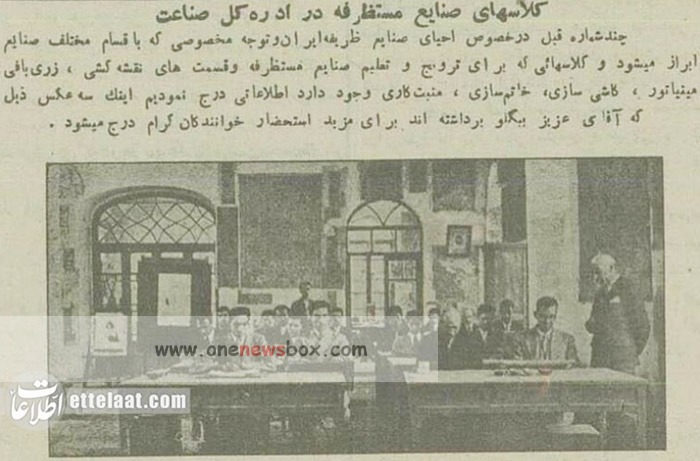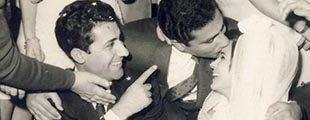Location and Facilities
The project’s headquarters was established in Tehran, strategically positioned near educational and cultural institutions. The building housed classrooms, workshops, and galleries. These spaces were designed to facilitate both instruction and production, blending the atmosphere of an art school with that of a functioning craft workshop.
Key Figures
Several prominent artists, educators, and cultural policymakers were involved in shaping the program. The Ministry of Culture (then known as the Ministry of Education and Fine Arts) played a supervisory role, while renowned Iranian artisans were recruited as instructors. Foreign experts were occasionally invited to introduce new techniques or assist in organizing exhibitions abroad.
Scope of Activities
Handicraft Training
At the heart of the program was the revival of Iran’s hallmark crafts:
-
Carpet Weaving: Students learned the design, dyeing, and knotting techniques unique to different regions—Tabriz, Kashan, Isfahan, Kerman, and others.
-
Tile and Ceramic Work: Classes taught both traditional methods (such as cuerda seca and mosaic faience) and newer kiln technologies.
-
Metalwork: Skills in engraving, damascening, and repoussé were passed down, along with innovations in decorative design.
-
Textiles: Beyond carpets, the program supported silk weaving, brocade, and embroidery.
-
Miniature Painting: Students practiced the delicate art of manuscript illustration, preserving the styles of masters like Behzad.

